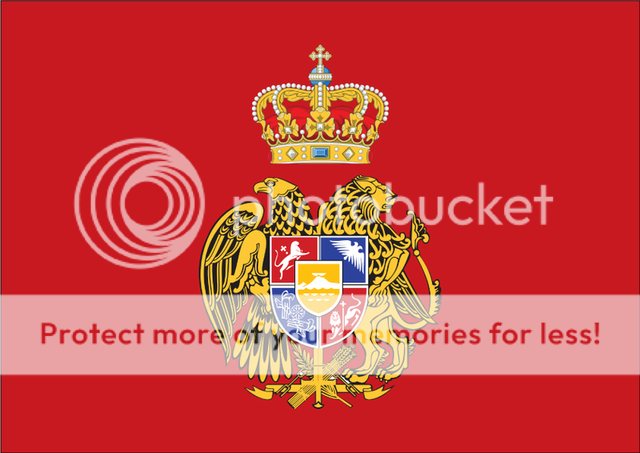




Coat of Arms of the Kingdom of Polythinia
National Anthem of The Kingdom of Polythinia
Land of our forefathers, proud and eternal
Our Polythinia, country most dear
Let us forever be loyal and steadfast
To nation and king; may we all flourish here.
Homeland enduring through triumph and struggle,
Our Polythinia, first in our hearts
Let us forever be proud to defend you,
United together from your selfless parts.
Land of our forefathers, land of our children,
Our Polythinia, let us remain
True to our fellows and true to our leaders
All working together for national gain.
The Kingdom of Polythinia is a nation of contrasts in all aspects of the word. Geologically, the nation has from the dramatic, rugged peaks in the northwest to the beautifully embellished beaches of the east, to the hilly, fertile lands of the south. Polythinia’s people and cultures are as diverse and numerous as the stars in the sky, with citizens representing more than 55 races and cultural backgrounds. Polythinia is a constitutional monarchy of more than 2.5 billion and is politically and fiscally stable, representing a booming market economy earning a GDP in 2009 of $39,021,537,900,226. Current regent of the Kingdom is King Frederick Anaximander the Second with Chief Executive James Goodall leading the majority Social Democratic Party in the National Assembly. The current government of Polythinia was established after the resignation of the autocratic General Edgar Colmark on February 2, 1955 [The leadership of Interim President William Groeningen is counted as part of the Third Kingdom].
Other national symbols
National motto: "Freedom in solidarity"
Currency: Polymark (ཀ)
National colours: Red, gold and white
National animal: Koi carp
National bird: Eastern Imperial Eagle | Aquila heliaca
National tree: Royal Poinciana | Delonix regia
National personification: Ostentatious Jonathan
Table of Contents
I. History
Ia. Early History
Ib. Colonial History
Ic. Revolution and the Second Kingdom
Id. Third Kingdom
II. Geography & Climate
III. Economy
IV. Politics
IVa. The National Assembly
IVb. Monarchic tradition
IVc. Provinces and administration
V. Demographics
Va. Population
Vb. Language
VI. Communications, Transport and Infrastructure
VIa. Telecommunications
VIb. Roads, airports and seaports
VIc. Buildings
VII. Cuture
VIII. Military
VIIIa. Doctrine
VIIIb. Personnel
VIIIc. Divisions of the Armed Forces
VIIId. National Militia









